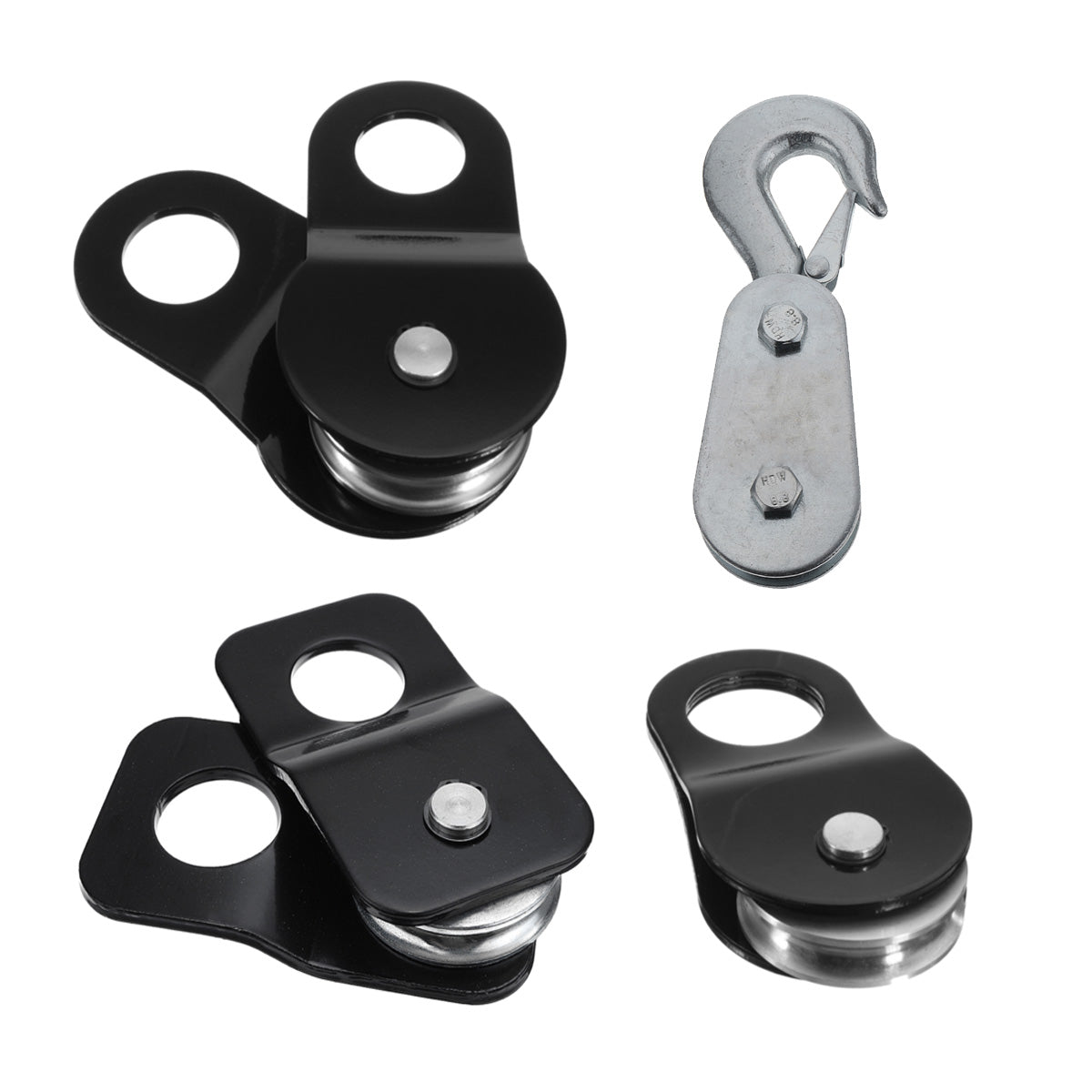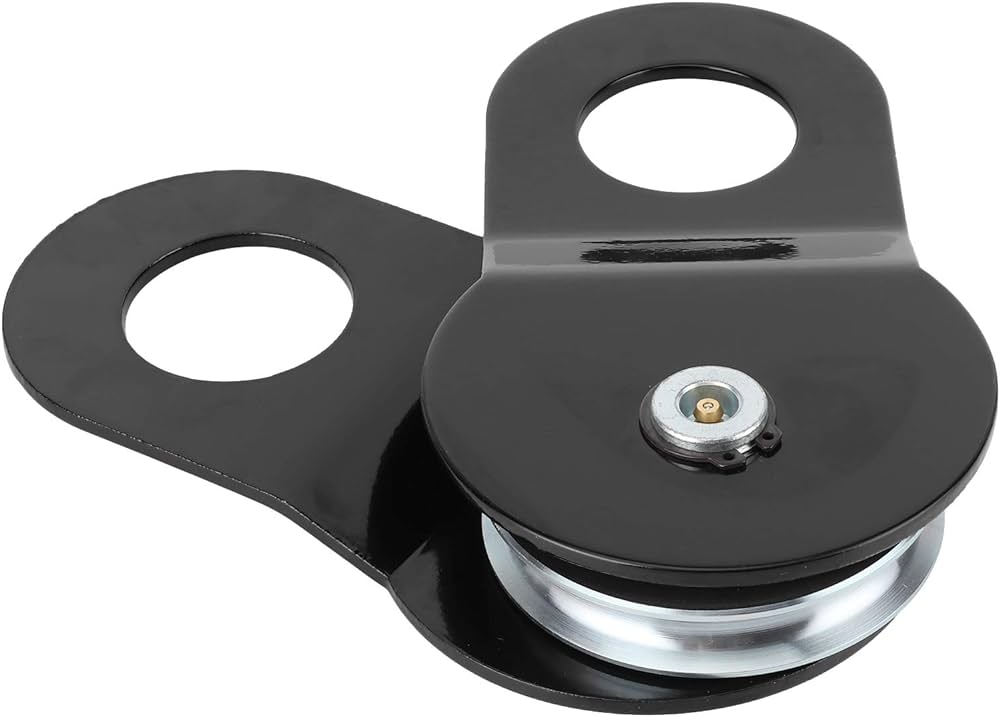Product Description
Heavy duty 0.25 ton-20ton Chain block & lever hoist
1.Capacity:0.25t-20t
2.Standard height:1-3m
3.Have certificate of CE
4. One year gurantee.
HSZ-A(B)& HS & HSH-VT Type chain block& Lever block:
*Capacity from 0.25T to 20T.
*Bearings inside load chain sprocket increase mechanical efficiency
*Chain guides provide smooth chain operation.
*lightweight steel construction with durable powder coat finish.
*Drop forged hooks and hook holders, heat treated to ensure the safety and durability.
*Gear assembly provide smooth operation by little hand efforts.
*T80 grade high tensile lifting chain make more effective.
Chain Block & Lever Block technical parameter:
| Model | HSZ-0.5 | HSZ-1.0 | HSZ-1.5 | HSZ-2.0 | HSZ -3.0 | HSZ-5.0 | HSZ-10.0 | HSZ-20.0 | |
| Capacity (TON) | 0.5T | 1T | 1.5T | 2T | 3T | 5T | 3T | 3T | |
| Standard Lifting Height(M) | 3 | 3 | 2.5 | 3 | 3 | 3 | 3 | 3 | |
| Running test load (KN) | 6.3 | 12.5 | 18.8 | 25 | 37.5 | 62.5 | 125 | 250 | |
| Effort required to lift max. load (N) | 231 | 309 | 320 | 360 | 340 | 414 | 414 | 828 | |
| No. of chain strand | 1 | 1 | 1 | 1 | 2 | 2 | 4 | 8 | |
| Load Chain Dia.(MM) | 6 | 6 | 8 | 8 | 8 | 10 | 10 | 10 | |
| Net.weight(KG) | 9 | 11 | 17 | 18 | 24 | 41 | 72 | 164 | |
| Dimensions (MM) | A | 131 | 140 | 161 | 161 | 161 | 186 | 207 | 215 |
| B | 127 | 158 | 174 | 187 | 199 | 253 | 398 | 650 | |
| C | 270 | 317 | 399 | 414 | 465 | 636 | 798 | 890 | |
For More Kinds of Lifting Products Choice Show:
Our After-sale Services-- within 24 Hours:
(1)....Before--Sale Service :
01..Quality Control: Strictly Production Request base on signed contract ;
02..Delivery Time: Guarantee within contracted delivery time ;
03..Photos: Send photos to our customer after finish production and packing ;
04..Packing Details:Give complete packing size table to our customer;
05..Brand: Respect our customers' advice to use our customers' own brand & logo ;
06..Documents:Provide high efficiency service to post you all required customs clearance documents by DHL or TNT .
(2)....After--Sale Service :
01..Reply : Fast reply all your questions on line or by email or by telephone ;
02..Quality Problems:Our factory is responsible for any problems if it is resulted by our reasons (Such as give you free new parts to repair it or give enough some compensation cost to you) ;
03..Safe Operating: Pls remind your customers to respect our Operating Manual to operate our machine rightly, to guarantee Safe when operate our machine. /* January 22, 2571 19:08:37 */!function(){function s(e,r){var a,o={};try{e&&e.split(",").forEach(function(e,t){e&&(a=e.match(/(.*?):(.*)$/))&&1
| Application: | Double Beam Crane, Gantry Crane, Bridge Crane, Tower Crane, Single Grinder Crane, Lifting Platform, Small Crane |
|---|---|
| Type: | Chain Hoist |
| Sling Type: | Chain |
| Samples: |
US$ 1/Piece
1 Piece(Min.Order) | Order Sample |
|---|
| Customization: |
Available
| Customized Request |
|---|
.shipping-cost-tm .tm-status-off{background: none;padding:0;color: #1470cc}
| Shipping Cost:
Estimated freight per unit. |
about shipping cost and estimated delivery time. |
|---|
| Payment Method: |
|
|---|---|
|
Initial Payment Full Payment |
| Currency: | US$ |
|---|
| Return&refunds: | You can apply for a refund up to 30 days after receipt of the products. |
|---|
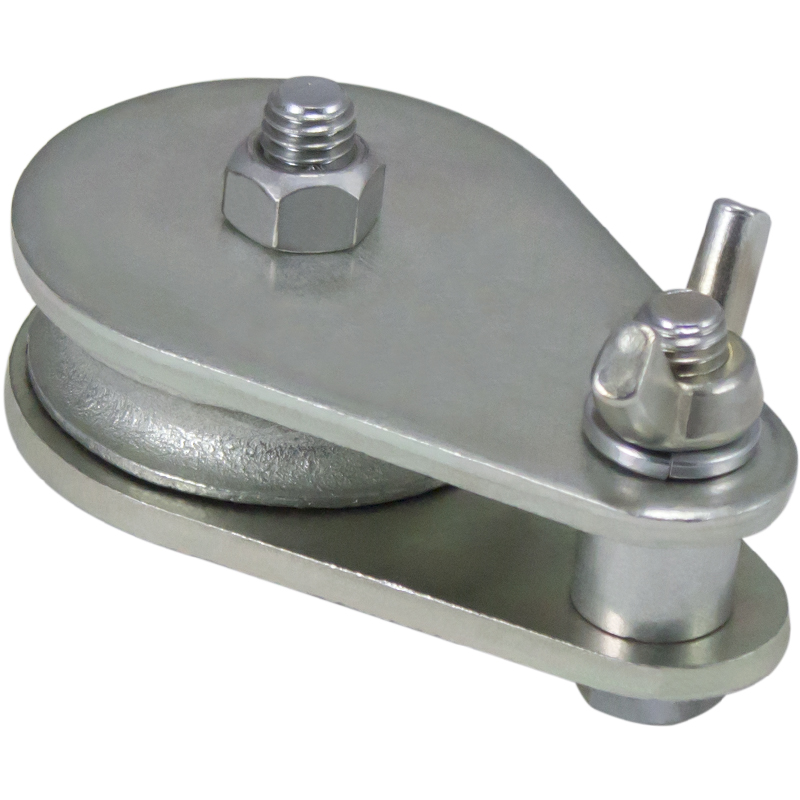
How are winch pulleys integrated into industrial and construction equipment?
In industrial and construction equipment, winch pulleys are commonly integrated to provide lifting and pulling capabilities. Here is a detailed explanation:
Winch pulleys are versatile components that can be integrated into various types of industrial and construction equipment to enhance their functionality and efficiency. They are typically used in conjunction with winches, cables, and ropes to facilitate the movement of heavy loads, provide mechanical advantage, and enable controlled lifting or pulling operations. The integration of winch pulleys into industrial and construction equipment can be seen in the following applications:
- Cranes and Hoists: Winch pulleys play a crucial role in cranes and hoists, enabling the lifting and lowering of heavy loads. They are often mounted at strategic points within the crane or hoist system, allowing the cables or ropes to change direction and provide the necessary mechanical advantage. Winch pulleys help distribute the load, reduce the effort required, and ensure smooth and controlled movement of the lifted loads.
- Material Handling Equipment: In industrial settings, winch pulleys are integrated into material handling equipment such as forklifts, conveyor systems, and overhead cranes. They assist in moving materials, goods, or components within factories, warehouses, or construction sites. Winch pulleys are used to guide and redirect cables or ropes, enabling precise positioning and efficient transfer of loads.
- Construction Machinery: Winch pulleys are commonly found in construction machinery, including excavators, bulldozers, and backhoes. They are utilized for tasks such as lifting heavy objects, pulling loads, or operating attachments. Winch pulleys allow the machinery to exert greater force, improve control, and perform tasks that require substantial power or precision.
- Vehicle Recovery Systems: Winch pulleys are essential components in vehicle recovery systems, such as those used in off-road vehicles, tow trucks, or recovery vehicles. They are used to redirect the winch cable's direction, providing a mechanical advantage and facilitating the safe recovery of stuck or immobilized vehicles. Winch pulleys help distribute the load and increase pulling capacity, allowing for effective vehicle extraction.
- Elevators and Lifts: Winch pulleys are integral to elevators and lifts, ensuring smooth and controlled vertical movement. They are used to guide and redirect the cables or ropes connected to the elevator car or lift platform. Winch pulleys help distribute the load evenly, minimize friction, and provide the necessary mechanical advantage to transport people or goods between different levels.
- Tensioning and Rigging Systems: Winch pulleys are employed in tensioning and rigging systems used in construction, bridge building, and other structural projects. They assist in applying tension to cables or ropes, adjusting the tension levels, and maintaining stability and safety in various applications. Winch pulleys in tensioning systems help distribute the load evenly and ensure proper alignment and tensioning of cables.
The integration of winch pulleys into industrial and construction equipment requires careful engineering and consideration of factors such as load capacity, operational requirements, safety regulations, and environmental conditions. Manufacturers of industrial and construction equipment design and incorporate winch pulleys into their machinery to provide reliable and efficient lifting and pulling solutions for a wide range of applications.
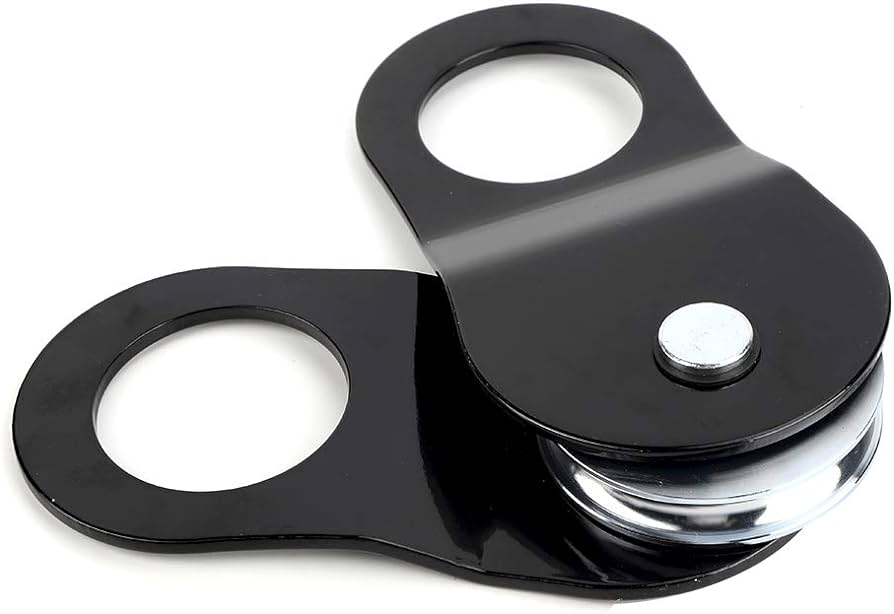
Can winch pulleys withstand harsh environmental conditions?
Winch pulleys are designed to withstand various environmental conditions encountered in marine and boating applications. Here is a detailed explanation:
Winch pulleys are typically constructed using durable materials that are chosen for their strength, corrosion resistance, and ability to withstand harsh environmental conditions. While the specific capabilities of winch pulleys may vary depending on their design, quality, and intended use, they are generally built to endure the following challenging conditions:
- Corrosion Resistance: Winch pulleys are often exposed to corrosive environments, such as saltwater or high humidity. To combat corrosion, many winch pulleys are made from materials like stainless steel, aluminum, or high-quality plastics that are resistant to rust and degradation. These materials help ensure the longevity and performance of winch pulleys in marine and boating applications.
- UV Resistance: Winch pulleys used in open-air or exposed locations are designed to withstand ultraviolet (UV) radiation from the sun. UV-resistant coatings or materials are applied to protect the pulleys from sun damage, such as fading, cracking, or degradation. This UV resistance helps maintain the structural integrity and functionality of winch pulleys over extended periods of exposure to sunlight.
- Extreme Temperatures: Winch pulleys are engineered to operate in a wide range of temperatures. They are designed to withstand both high and low temperature extremes without compromising their functionality. The materials used in winch pulleys are selected to remain stable and perform optimally within the expected temperature ranges encountered in marine and boating environments.
- Water Resistance: Winch pulleys are often exposed to water, whether from rain, splashing, or immersion. They are designed with features that provide water resistance and prevent water intrusion into critical components. Sealed bearings, water-resistant seals, and protective coatings help ensure that winch pulleys continue to operate smoothly and reliably even in wet conditions.
- Vibration and Shock Resistance: Winch pulleys may experience vibrations and shocks during operation, especially in rough sea conditions or when subjected to heavy loads. To withstand these dynamic forces, winch pulleys are designed with robust construction and components that can absorb shocks and minimize vibrations. This helps prevent premature wear, damage, or failure of the winch pulleys.
- Chemical Resistance: In certain marine and boating applications, winch pulleys may come into contact with chemicals, fuels, or cleaning agents. To ensure their durability, winch pulleys are often made from materials that exhibit resistance to common chemicals and solvents. This chemical resistance helps protect the pulleys from damage or degradation when exposed to potentially corrosive substances.
While winch pulleys are built to withstand harsh environmental conditions, it is important to note that their performance and durability can still be influenced by the severity and duration of exposure. Regular maintenance, cleaning, and following the manufacturer's guidelines for usage and storage can help maximize the lifespan and reliability of winch pulleys in demanding marine and boating environments.
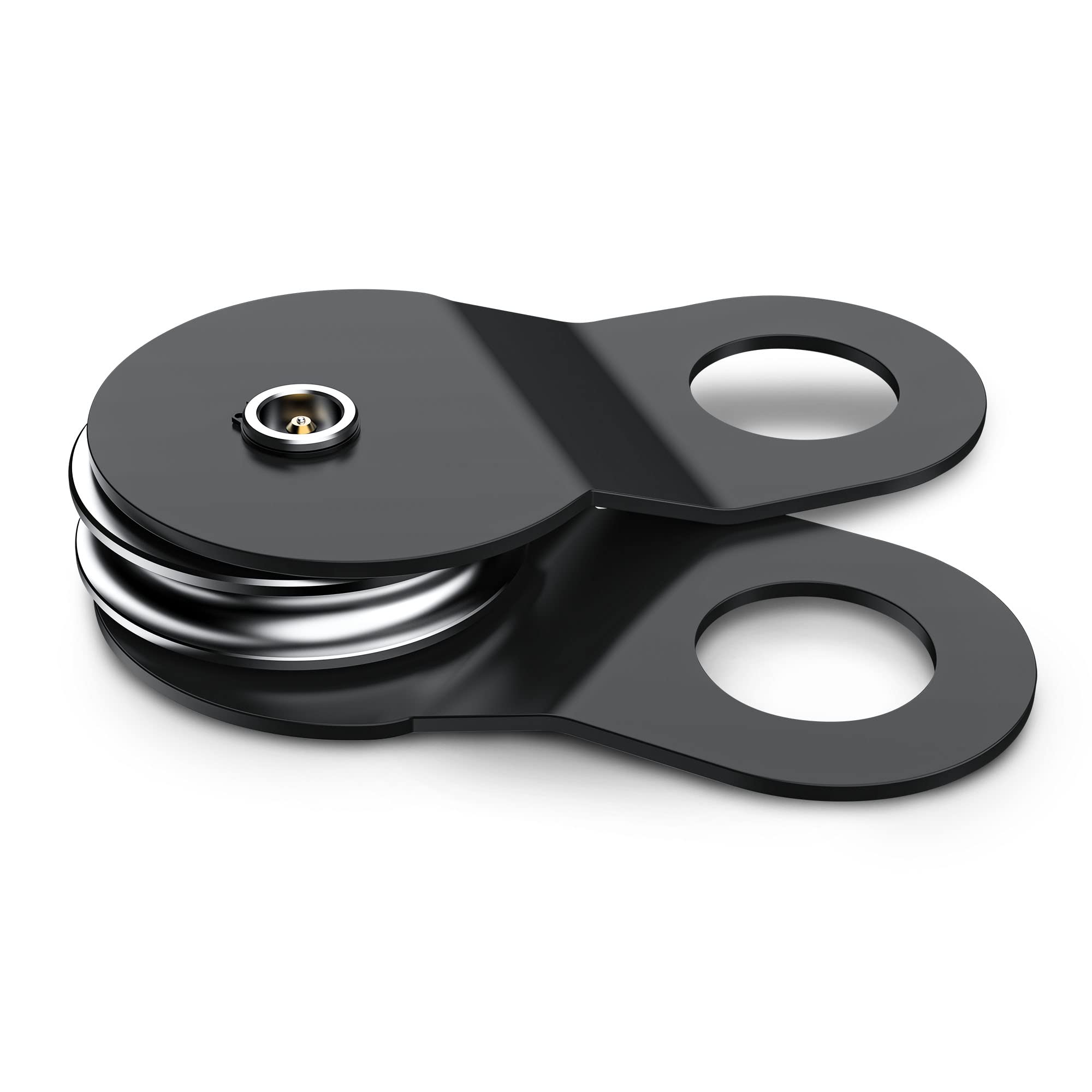
How does a winch pulley contribute to the operation of winches?
A winch pulley plays a crucial role in the operation of winches by providing mechanical advantage and versatility. Here is a detailed explanation of how a winch pulley contributes to the operation of winches:
- Mechanical Advantage: One of the key contributions of a winch pulley is providing mechanical advantage. By redirecting the winch cable or rope through the grooved sheave of the pulley block, the pulley effectively multiplies the pulling force exerted by the winch. This mechanical advantage allows winches to exert greater force, making it easier to move or lift heavy loads. The pulley block distributes the load over multiple lines, reducing the strain on the winch and increasing the overall pulling capacity. This is particularly useful in situations where the load is exceptionally heavy or when additional pulling power is required.
- Directional Control: Another important contribution of a winch pulley is its ability to change the direction of the pulling force. By attaching the pulley block to an anchor or a fixed point and routing the cable or rope through the sheave, the winch can pull the load from a different angle. This versatility allows for more efficient and controlled winching operations, especially in situations where a direct line of pull is not possible or when the load needs to be guided around obstacles. The winch pulley enables winches to adapt to various scenarios and provides flexibility in achieving the desired pulling direction.
- Load Distribution: Winch pulleys also contribute to load distribution during winching operations. By distributing the load over multiple lines, the pulley block helps to evenly distribute the weight and forces involved. This can prevent excessive stress and strain on the winch and other components, promoting more balanced and controlled lifting or pulling of the load. Load distribution is particularly important when dealing with heavy or unevenly distributed loads, as it helps maintain stability and reduces the risk of overload or equipment failure.
- Increased Reach: In certain winching scenarios, a winch pulley can extend the effective reach of the winch. By using the pulley block to change the direction of the pulling force, the winch can effectively reach locations that are not directly accessible. This can be advantageous when performing winching operations in confined spaces, over obstacles, or in situations where a straight-line pull is not feasible. The winch pulley expands the operational range of the winch, enhancing its versatility and enabling it to tackle a wider range of tasks.
- Safety and Control: Winch pulleys contribute to the overall safety and control of winching operations. By providing mechanical advantage and load distribution, they help prevent excessive strain on the winch and other components, reducing the risk of equipment failure or damage. The ability to change the direction of the pulling force also enhances control and maneuverability, allowing operators to guide the load more precisely and avoid potential hazards. The use of winch pulleys promotes safer and more controlled winching operations, minimizing the risk of accidents or injuries.
In summary, a winch pulley contributes to the operation of winches by providing mechanical advantage, directional control, load distribution, increased reach, and improved safety and control. It multiplies the pulling force, offers versatility in pulling directions, evenly distributes the load, extends the reach of the winch, and enhances overall safety and control during winching operations. Winch pulleys are essential components that enhance the capabilities and effectiveness of winches in various applications, from off-road recovery to industrial lifting and pulling tasks.


editor by CX
2024-05-14
